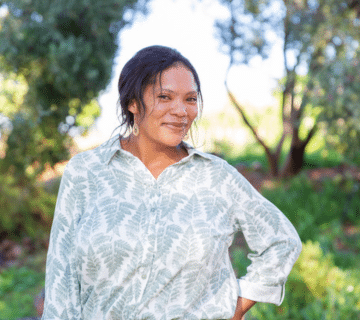The Makgadikgadi pans & Boteti river offer a wilderness like no other – vast shimmering pans are an oasis for migrating animals.
Scroll for more
 The Makgadikgadi Pans are a mesmerising visual and wildlife contrast to the lush vegetation of the Okavango Delta. So it's well worth a visit if you have time.
The Makgadikgadi Pans are a mesmerising visual and wildlife contrast to the lush vegetation of the Okavango Delta. So it's well worth a visit if you have time.
We use the ‘Makgadikgadi’ loosely to describe the whole region encompassing the Makgadikgadi Pans, Nxai Pans and the Boteti River.
The Makgadikgadi Pans (part of the Makgadikgadi National Park) are the legacy of a great lake. Larger than Lake Victoria, it once covered most of Southern Botswana about two million years ago. Now vast shallow white pans make up an extraordinary landscape – deceptively animated by mirages that shimmer and dance in the heat-blasted air. However, when the rains come in the early summer of November to December the pans are transformed into shallow lakes. These attract spectacular bird life including thousands of flamingos, pelicans and cranes – a majestic spectacle.

The shallow lakes and these rains also attract the last surviving migration of wildebeest and zebra in Southern Africa to the surrounding sweet summer grasses. During this time, the Makgadikgadi pan camps offer game drives in 4×4 vehicles, custom designed to suit this terrain. But, in the dry winter months you may be able to explore the pan by quad bike (if staying at Jack’s Camp or San Camp) and perhaps observe the desert-adapted wildlife of gemsbok, suricate and rare brown hyena. Mornings spent with meerkats, visits to majestic baobab trees used as camp sites by Livingstone, and walks with the Bushmen are all on offer. We recommend a stay of at least three nights in the Makgadikgadi Pans.
The Nxai Pan (also part of the Makgadikgadi National Park) is usually covered in short grasses which makes spotting game easy. The best time to visit is exactly the same: the rainy season between December and April when the zebras and wildebeest feast. From here you can also visit the famous Baines' Baobabs – seven huge trees eerily gazing over the surrounding salt pans; magnificent for photography.
 This game-rich area lies on the western boundary of the Makgadikgadi Pans, directly in the migration path of the thousands of wildebeest and zebra travelling in vast numbers between the Makgadikgadi pans to the east and the Okavango Delta and Savuti plains to the north-west. The Boteti River has been dry for decades but has been running sporadically again for the last few years. It offers the only water source for the thirsty animals on their migration.
This game-rich area lies on the western boundary of the Makgadikgadi Pans, directly in the migration path of the thousands of wildebeest and zebra travelling in vast numbers between the Makgadikgadi pans to the east and the Okavango Delta and Savuti plains to the north-west. The Boteti River has been dry for decades but has been running sporadically again for the last few years. It offers the only water source for the thirsty animals on their migration.
From here you can enjoy a day excursion into Nxai Pan if you are staying three or more nights. or even a sleep-out on the Pans - both of which are highly recommended.
